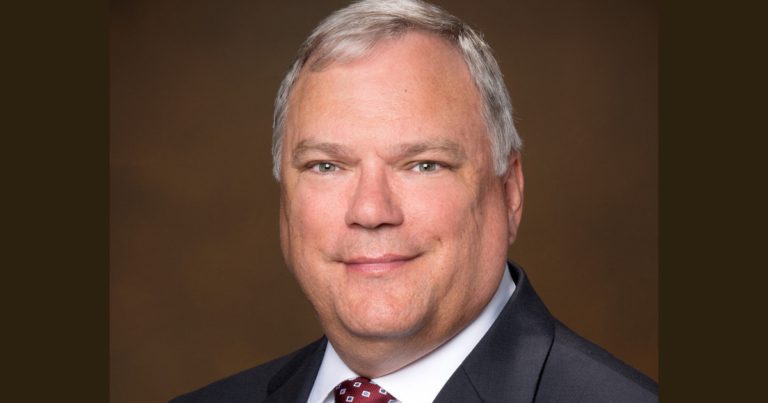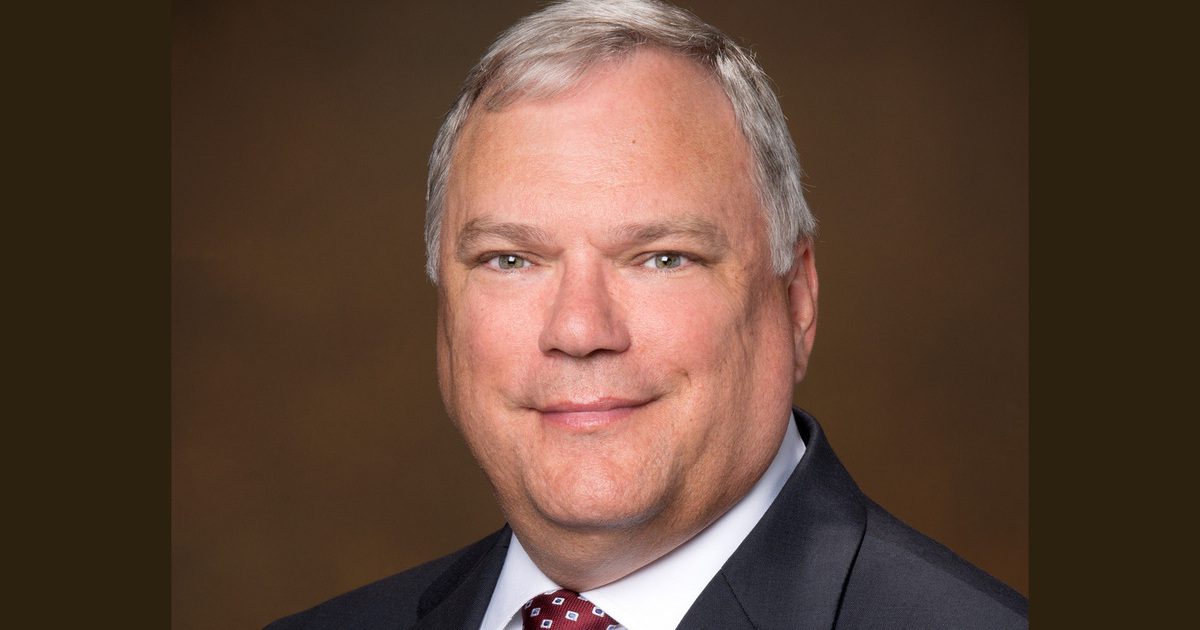It’s safe to say that many of us are unhappy to see summer winding down, yet the season has not been without its challenges. Fortunately, this summer also has seen quite a few positive actions and activities coming from the College.
As allergists, we don’t shy away from standing up for our patients. As members of the College, we frequently speak up on issues that affect people with allergies and asthma.
This summer has been a particularly unpleasant – even dangerous – one for our patients based on the Canadian wildfires, the abysmal heat index and the ensuing terrible air quality in many areas of the country.
A few weeks ago, the College joined other concerned organizations and individuals in supporting two newly introduced pieces of legislation – the Wildfire Smoke Emergency Declaration Act and the Smoke and Heat Ready Communities Act. These bills would help federal, state, and local governments better understand, manage, and communicate around air quality issues caused by excessive heat and wildfire smoke.
But more will need to be done, assuming that climate issues are going to become even more challenging. Here are a few more examples of the wide variety of ways in which the College is responding to this national and global concern:
- In consideration of NIH funding for this year, the College’s Environmental Health Committee provided comments on the effects of air pollution on allergies and asthma, household air pollution, and climate change. The NIH Institute of Environmental Health Sciences received $40 million to address these and other concerns.
- At our Annual Scientific Meeting in Anaheim, California, we’ll have a look at the science during our Friday, Nov. 10 symposium: The Environment and the Allergist – Pollen and Practice Changes in the New Environment.
- In anticipation of a climate themed issue of Annals in January, we’ll soon have several “Articles in Press” on this topic on the Annals website, and I encourage you to read them online.
- In our Marketing and Patient Materials toolkit, we have a template news release on this issue (and templates for several other timely topics), which you can use to reach out to your local media.
Speaking of PR, the College is making its final big push to primary care physicians during August for our popular Time for an Allergist campaign. Our digital ads featuring celebrity John McGinley have been viewed well over 3 million times to date, with about 150,000 visits to the campaign website and 35,000 Find an Allergist searches as a direct result of the campaign. Take advantage of this fall allergy awareness activity by reaching out to PCPs in your network during August or September. Check out the campaign’s member toolkit, which has easy-to-use materials that help you join the campaign easily and locally. I hope you’ll take a few minutes to help make a difference.


